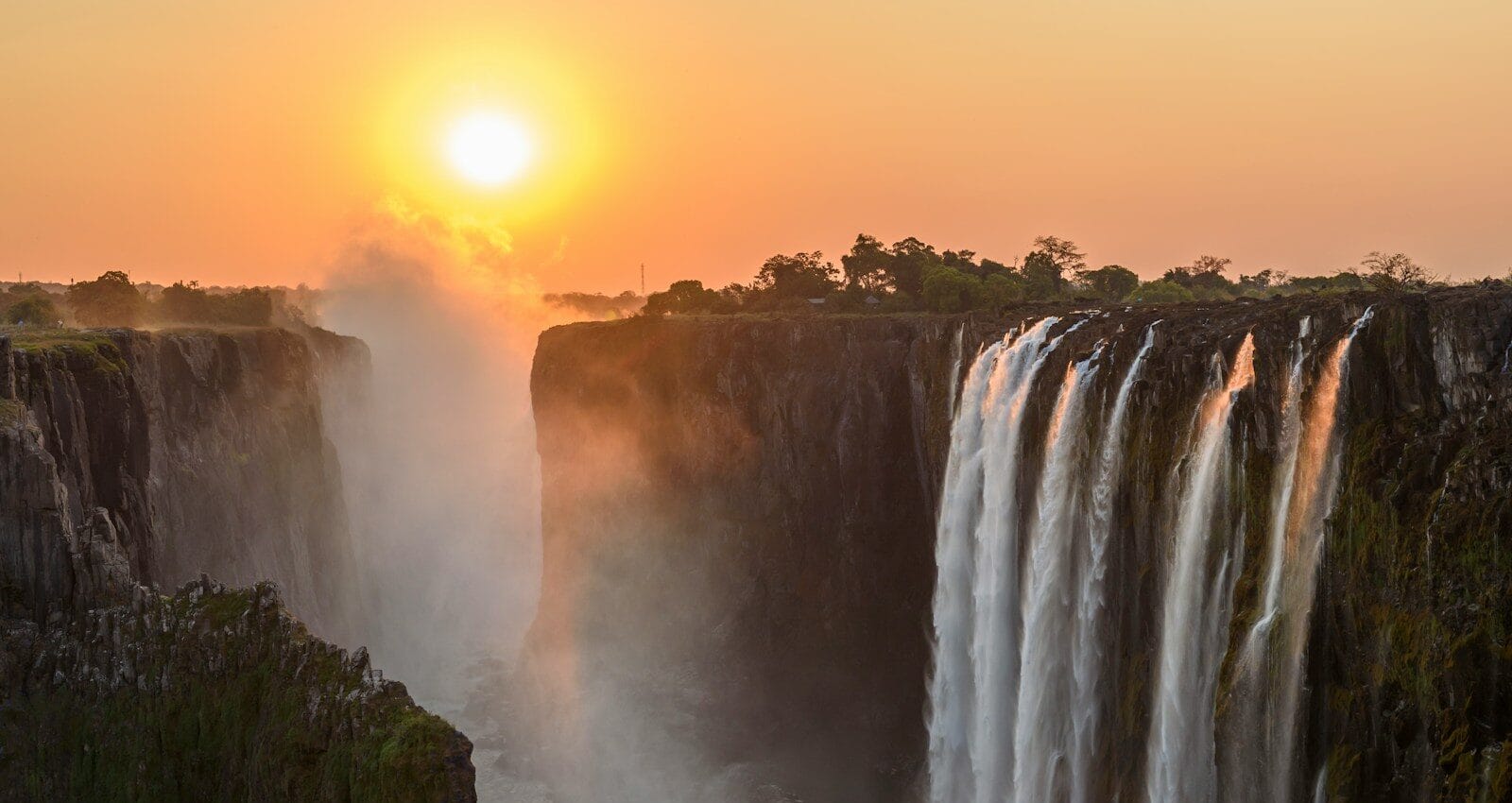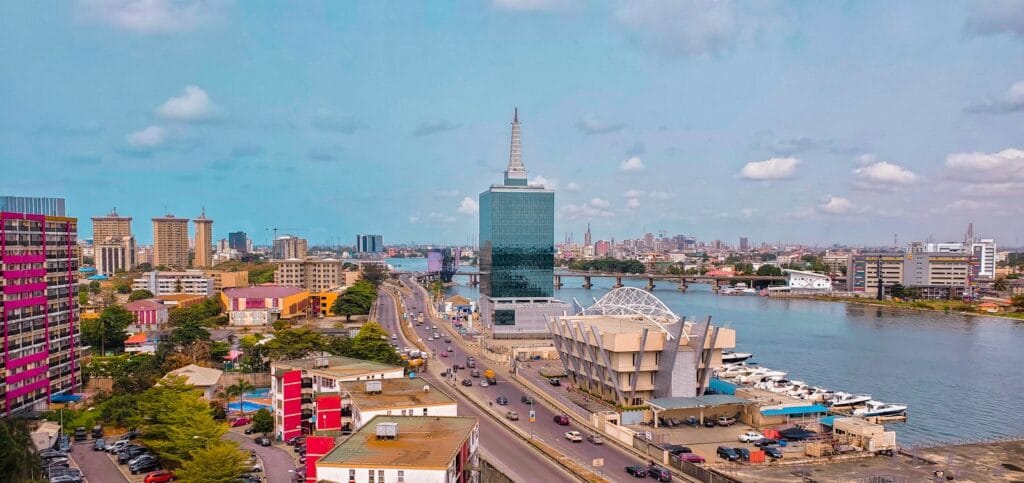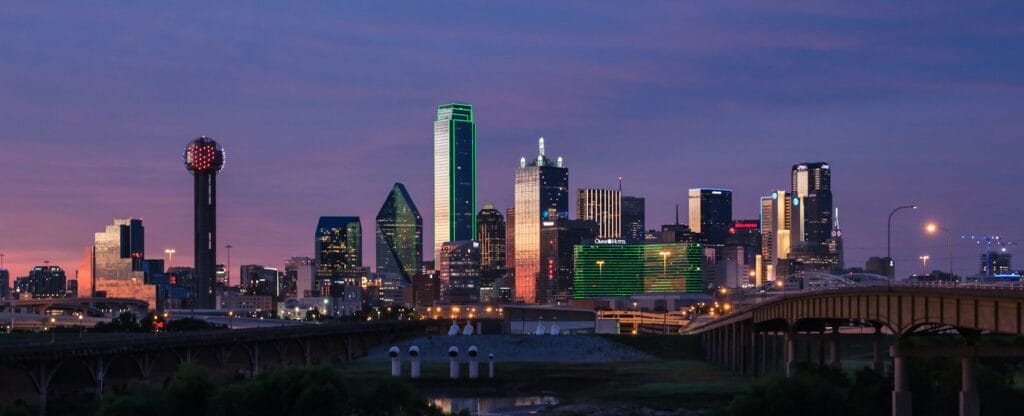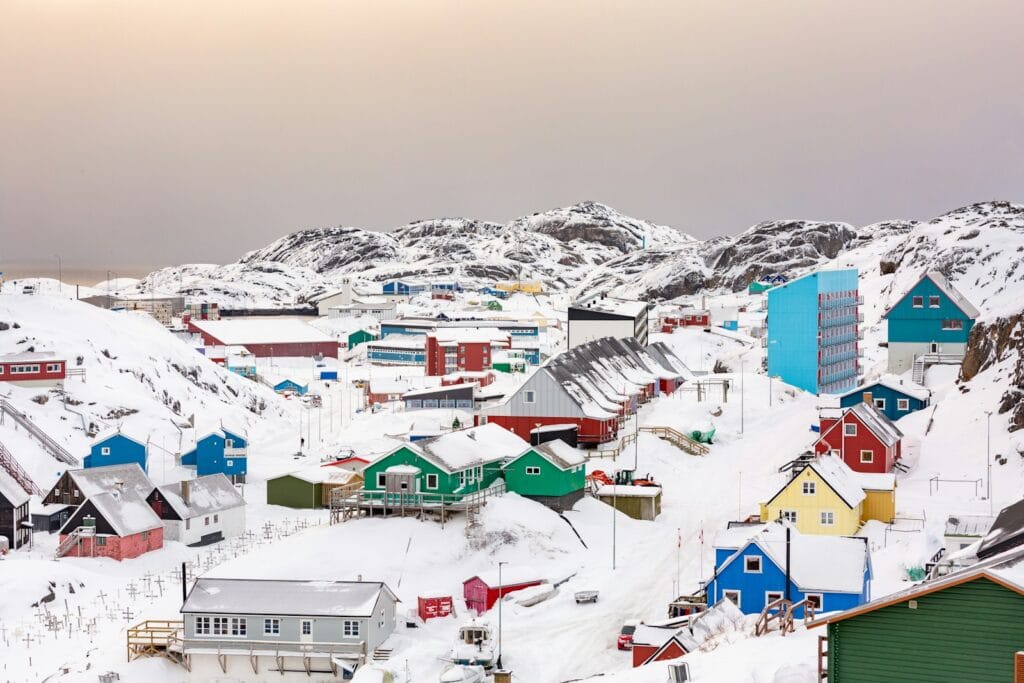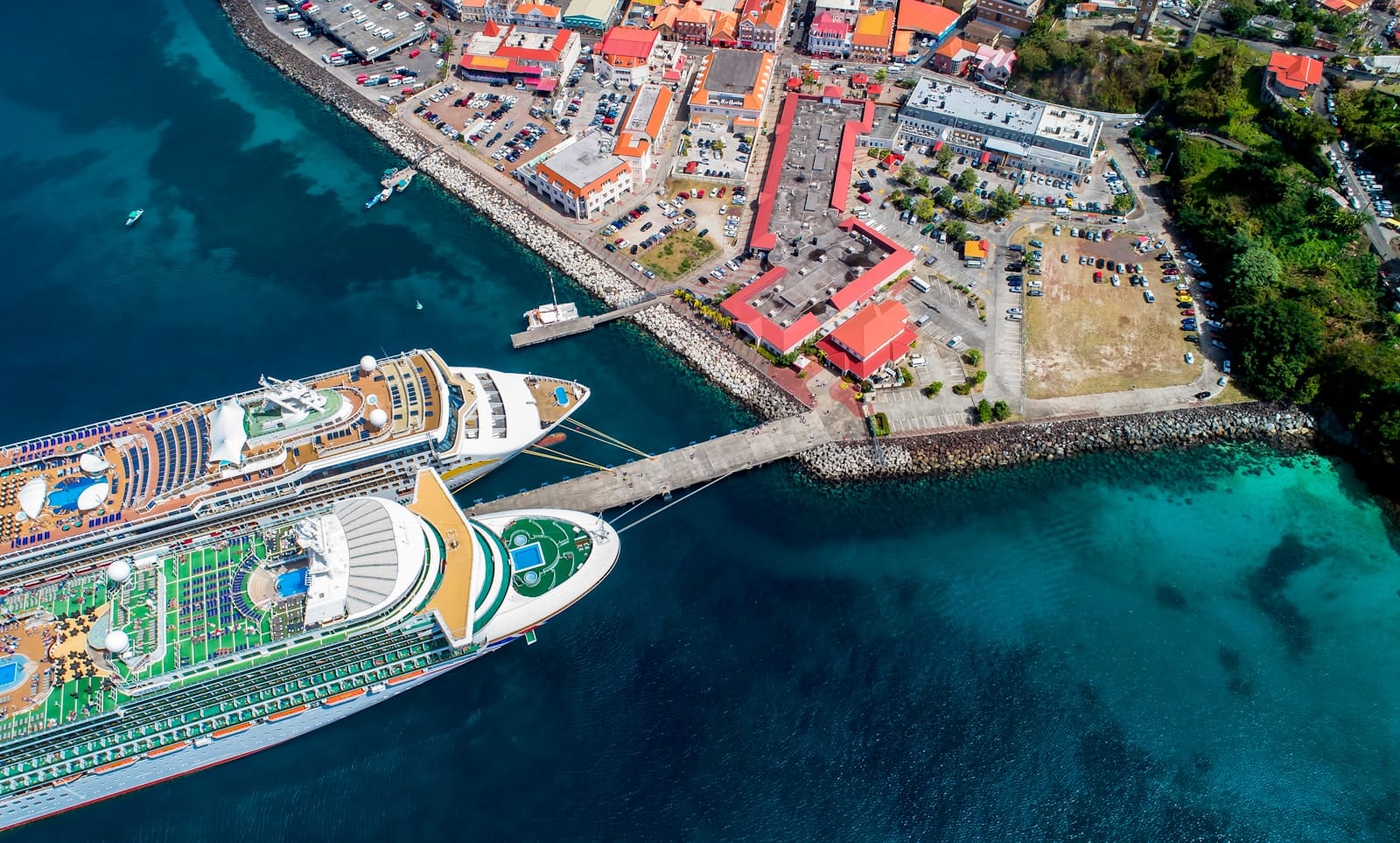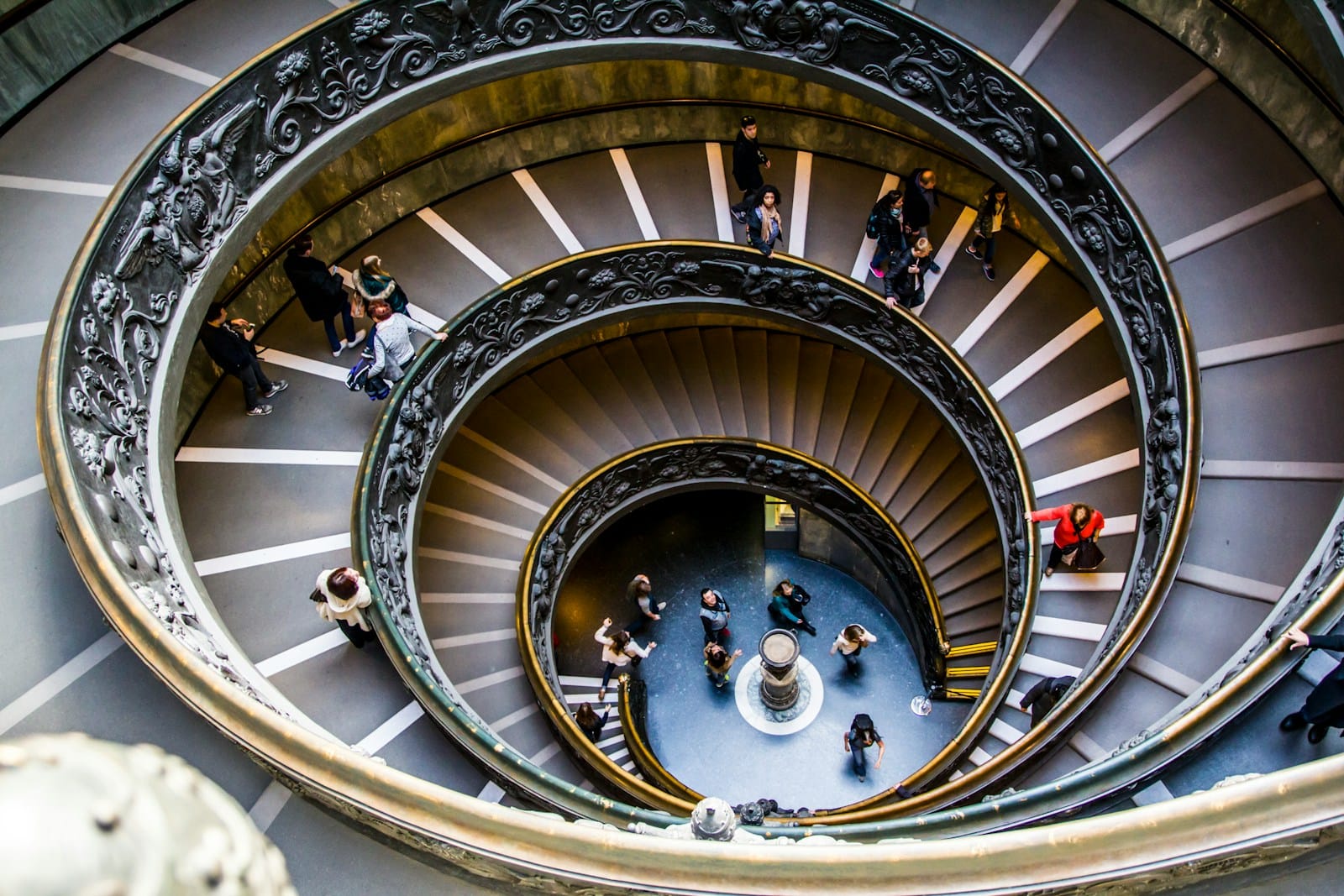Zimbabwe Travel Guide: Majestic Falls, Ancient Ruins & Wild Beauty
Intro to Zimbabwe Travel Guide
Zimbabwe is a land of dramatic contrasts — where ancient stone kingdoms meet roaring rivers, and quiet savannas give way to epic wildlife encounters. It’s home to one of the Seven Natural Wonders of the World and one of Africa’s greatest untapped treasures.
This country offers more than Victoria Falls. From the ancient walls of Great Zimbabwe to the Big Five in Hwange and the mystical Eastern Highlands, Zimbabwe invites those willing to look deeper.
Start planning your trip with our complete Zimbabwe Tour Guide — featuring regional overviews, top places to visit, and insider tips for a rewarding journey.
💡Quick Facts:
Destination: Zimbabwe
Continent: Africa
Country: Zimbabwe
Administrative Division: 10 provinces (8 rural, 2 cities)
City: Capital – Harare
Area: 390,757 km²
Population: ~16.5 million (2024 est.)
Density: ~42 people per km²
Capital: Harare
Regions/Subregions: Matabeleland, Mashonaland, Midlands, Manicaland, Masvingo, Bulawayo
Official & Regional Languages: English (official), Shona, Ndebele (widely spoken)
Currency: Zimbabwean dollar (ZWL); USD widely accepted
Time Zone(s): Central Africa Time (UTC+2)
Airports:
– Robert Gabriel Mugabe Intl Airport (HRE) – Harare
– Victoria Falls Intl Airport (VFA) – Victoria Falls
– Joshua Mqabuko Nkomo Intl Airport (BUQ) – Bulawayo
Climate: Tropical savanna with altitude variations; rainy season Nov–Mar
Known For: Victoria Falls, wildlife parks (Hwange, Mana Pools), Great Zimbabwe ruins, culture, safaris
🛂Arrival Info:
Entry Requirements:
– Visa-free, Visa-on-Arrival, or eVisa depending on nationality
– Passport validity: 6 months min with blank pages
Visa-Free Countries: SADC, Caribbean, select Asian and African nations
Visa-on-Arrival: Available for U.S., UK, EU, Australia, Canada, and more
Maximum Tourist Stay: 30–90 days depending on visa class
Electronic Travel Authorization
Customs Info
💉Health Info:
Recommended Vaccines: Hepatitis A & B, Typhoid, Tetanus, Yellow Fever (if arriving from risk areas), Malaria prevention
Health Advisories: Malaria risk in low-lying areas (especially near Zambezi); safe water access varies
Hospitals: Public care in cities; private clinics better for travelers
English-speaking Clinics: Available in Harare, Bulawayo, and Victoria Falls
Terrain-specific Concerns: Malaria, waterborne illness, limited emergency care in rural parks
Insurance: Essential — private services require upfront payment
✅ Check travel insurance options for travel emergencies, delays, and medical needs abroad — Get coverage here
✅ Stay Informed with Official Updates: WHO – International Travel & Health | CDC – Travel health updates
🚨Travel Advisory:
Current Alerts: Monitor for protests, currency-related disruptions
General Safety Level: Level 2 – Exercise Increased Caution
Regional Restrictions: Political tension in Harare/Bulawayo during elections
Local Risks: ATM shortages, street demonstrations, petty theft
Civil Rights Concerns: Freedom of speech laws limited during protest periods
✅ Stay Informed with Official Updates: US Travel Advisory | UK Foreign Travel Advice
📅Holidays:
Major National Holidays:
– Independence Day (Apr 18)
– Heroes Day & Defence Forces Day (Aug)
– Unity Day (Dec 22)
Local Events:
– Harare International Festival of the Arts (May)
– Victoria Falls Carnival (December)
💰Visitor Info:
Currency: Zimbabwean Dollar (ZWL), USD widely used and preferred
Exchange Tips: Use banks or official bureaus; ZWL rates fluctuate
ATMs: Unreliable for foreign cards — bring cash (USD recommended)
Cards: Limited acceptance; cash is essential
Tipping: 10% at restaurants; safari staff: $10–$20 per day
Tourist Taxes: Park entry fees and hotel VAT (included in pricing)
Daily Budget:
– Budget: $40–$70 USD
– Midrange: $100–$200 USD
– Luxury: $400+ USD (high-end safari lodges, private excursions)
✈️Airports:
Main Airports:
– Robert Gabriel Mugabe Intl Airport (HRE) – Harare
– Victoria Falls Intl Airport (VFA) – main tourist access point
– Joshua Mqabuko Nkomo Intl Airport (BUQ) – Bulawayo
International Routes: Flights from Johannesburg, Addis Ababa, Nairobi, Dubai
Transport Options: Airport taxis, hotel transfers, pre-booked vans
✅ Delayed or canceled flight? Check if you’re eligible for compensation
🚍Transport:
Local: Minibuses, taxis (negotiate fares); limited app rides
Intercity: Buses, shared taxis, domestic flights (e.g., Fastjet, Air Zimbabwe)
Driving Laws: Left-hand drive; IDP required for foreign licenses
Rental Cars: Available in cities; not advised for rural driving
Scams: Unofficial taxis, currency change cons
✅ Book reliable airport transfers and in-city rides in advance. Reserve your ride here
📶Connectivity:
SIM/eSIM: Econet, NetOne, Telecel — available at airport and city shops
Mobile Coverage: Reliable in cities; patchy in rural/safari zones
Public Wi-Fi: Present in hotels, cafés; not widespread
Roaming: Expensive — local SIM strongly recommended
✅ Stay connected abroad with affordable eSIM data packs. Get your eSIM here
📜Laws & Etiquette:
Drinking Age: 18
Alcohol: Legal, widely available
LGBTQ+ Status: Not legally recognized; discretion required
Etiquette: Politeness valued; respect elders and local customs
Cultural Taboos: Avoid political discussions in public
Photography: Do not photograph government buildings or military areas
🛡️Emergency Info:
Emergency Numbers:
– Police: 995
– Ambulance: 994
– Fire: 993
Tourism Board:
U.S. Embassy: Harare
Tourist Police: Limited presence — report issues to local police stations
✅ Use embassy locator tools: Embassies Worldwide
🌦️Weather:
Climate Type: Subtropical highland (Köppen: Cwb)
Best Time to Visit: May–October (dry season – best for safaris and Victoria Falls visibility)
Rainy Season: November–March — heavy rains and green landscapes
Average Temps:
– Summer: 25–32°C (77–90°F)
– Winter: 7–20°C (45–68°F) at night in highlands
✅ Stay prepared—check the weather forecast for your destination — Weather Forecast
Zimbabwe by Region – Where to Go
Zimbabwe is divided into 10 provinces, each with unique landscapes, cultural narratives, and national parks. Here’s how to navigate the country’s rich terrain.
Bulawayo Metropolitan Province
Bulawayo – Zimbabwe’s cultural capital with colonial architecture, galleries, and access to Matobo Hills.
Matobo National Park – Massive granite formations and ancient San rock art in a spiritual landscape.
Harare Metropolitan Province
Harare – The modern capital blends art, urban gardens, and emerging food scenes.
Mukuvisi Woodlands – A city-side nature reserve with wildlife viewing.
Manicaland Province
Mutare – Gateway to the misty Eastern Highlands.
Nyanga & Chimanimani – Waterfalls, hikes, and pine forests with a touch of Scottish scenery.
Mashonaland Central Province
Bindura – A mining town surrounded by savanna and traditional Shona communities.
Mazowe – Known for citrus farms and religious pilgrimage sites.
Mashonaland East Province
Marondera – A quiet agricultural town near mountain trails and forests.
Goromonzi – A popular weekend retreat with waterfalls and scenic drives.
Mashonaland West Province
Chinhoyi – Home to the famous Chinhoyi Caves and diving spots.
Lake Kariba (eastern access) – Wildlife viewing, fishing, and houseboat escapes.
Masvingo Province
Masvingo – Base for visiting the Great Zimbabwe ruins.
Great Zimbabwe – Ancient capital of the Shona civilization with iconic stone structures.
Matabeleland North Province
Victoria Falls – Zimbabwe’s tourism hub with adventure sports, lodges, and easy access to Botswana and Zambia.
Hwange National Park – The country’s largest game park and elephant stronghold.
Matabeleland South Province
Beitbridge – Border town and transport hub to South Africa.
Tuli Safari Area – Remote wildlife corridor known for big cats and riverfront camps.
Midlands Province
Gweru – Industrial heartland with military history and antique charm.
Antelope Park – Private reserve with lion walks and conservation projects.
Top Places to Visit in Zimbabwe
Zimbabwe is as scenic as it is soulful — a destination full of surprise, scale, and ancient spirit. These are the most iconic places to visit in Zimbabwe, grouped by travel focus.
Natural Wonders
- Victoria Falls (Matabeleland North) – Known as Mosi-oa-Tunya (“The Smoke That Thunders”), this UNESCO World Heritage Site is best viewed from the Zimbabwean side. Walk the rainforest trails, take a sunset cruise, or bungee jump from the bridge.
- Lake Kariba (Mashonaland West) – One of the world’s largest man-made lakes, ideal for houseboat trips, tiger fishing, and lazy days with elephants along the shoreline.
- Chinhoyi Caves (Mashonaland West) – A dazzling blue-limestone sinkhole, popular for diving and folklore lovers.
Wildlife & Safari Escapes
- Hwange National Park (Matabeleland North) – Zimbabwe’s premier safari destination. Expect elephants by the hundreds, lions on the prowl, and world-class lodges across vast savannas.
- Mana Pools National Park (Northern Zambezi Valley) – A remote, photogenic wilderness along the Zambezi River. Canoe past hippos or track wild dogs on foot.
- Matobo National Park (Bulawayo) – Home to rhinos, giant granite domes, and sacred spiritual sites tied to Zimbabwe’s ancestors and liberation.
- Gonarezhou National Park (Southeast Lowveld) – Wild and remote, with cliffs, rivers, and elephants. Part of the Great Limpopo Transfrontier Park with Mozambique and South Africa.
Cultural and Historical Gems
- Great Zimbabwe (Masvingo) – The largest stone ruins south of the Sahara and the ancient capital of the Shona kingdom. Climb the Hill Complex and walk centuries of African history.
- Bulawayo (Bulawayo Province) – Colonial-era charm meets cultural preservation. Visit the Natural History Museum and local craft markets.
- Mutare & Eastern Highlands (Manicaland) – Misty mountains, pine forests, and breathtaking viewpoints in Zimbabwe’s most underrated corner.
Discover top-rated Zimbabwe tours and experiences, and explore the best things to do in Zimbabwe — from ancient ruins and remote safari lodges to waterfall hikes and starlit river cruises. Book early for exclusive access and flexible cancellation.
How to Choose Where to Go in Zimbabwe
Zimbabwe’s diversity makes it ideal for multi-region trips. Here’s how to build your itinerary by travel goal:
- For First-Time Visitors: Combine Victoria Falls + Hwange + Great Zimbabwe
- For Big Game Safaris: Hwange (for elephants), Mana Pools (for wild dogs), Gonarezhou (for off-grid adventure)
- For Culture and History: Great Zimbabwe + Matobo + Bulawayo museums
- For Landscapes & Hiking: Nyanga, Chimanimani, and Mutarazi Falls in the Eastern Highlands
- For Water Escapes: Lake Kariba (cruising), Zambezi River (canoeing), or Chinhoyi Caves (diving)
Suggested pairings:
- Victoria Falls + Hwange (easy road transfer)
- Great Zimbabwe + Gonarezhou (southeast cultural circuit)
- Eastern Highlands + Harare (northeast trail)
Plan around transport access and road conditions — some parks are seasonal.
How to Get Around Zimbabwe
Zimbabwe’s transport infrastructure is improving, especially between major cities and parks. Here’s how to navigate the country:
- Flights: Domestic connections from Harare to Victoria Falls, Hwange, and Kariba via Air Zimbabwe or chartered flights.
- Buses: Reliable intercity services like Intercape and Pathfinder serve Harare, Bulawayo, Gweru, and Mutare.
- Car Rentals: Recommended for independent travelers. Roads between major towns are paved; parks require 4×4 in rainy season.
- Taxis & Ride-Hailing: Use metered taxis in cities. No formal apps, but hotel staff can assist.
- Tour Operators: Most popular for safaris and remote parks. Includes transfers, guides, meals, and park fees.
Distances are long — plan 2–5 hours between destinations, more for remote parks.
Travel Budget and Costs in Zimbabwe
Zimbabwe caters to budget-savvy backpackers, mid-range road trippers, and high-end safari seekers.
- Budget Travel: $35–60/day — local buses, backpacker lodges, street food
- Mid-Range: $100–250/day — 3-star lodges, guided day tours, regional flights
- Luxury: $300–900+/day — fly-in safaris, boutique camps, full-board wildlife lodges
Sample Prices:
- Park entry: $10–20 (residents), $15–40 (international visitors)
- Domestic flight: $150–300
- Backpacker hostel: $10–30/night
- Safari lodge (all inclusive): $350–900+/night
- Local meal: $3–8
Money-Saving Tips:
- Travel in shoulder season (March–May, Oct–Nov)
- Use shared transfers when possible
- Book park stays directly through Zimparks or trusted agents
- Eat at local markets and bakeries in towns
Best Time to Visit Zimbabwe
Zimbabwe has a subtropical climate with distinct dry and wet seasons — both affecting wildlife, visibility, and transport.
May to October – Dry Season (Best for Safaris)
- Cool nights, dry air, clear skies
- Animals gather at waterholes — ideal for Hwange, Mana Pools
- Victoria Falls flow reduces by Oct, but visibility increases
November to April – Wet Season (Green Season)
- Lush vegetation, dramatic skies
- Fewer tourists, better rates
- Birdwatching peaks; some parks inaccessible
Best Travel Months
- November: Green season starts — quieter and cheaper
- June–August: Prime for safari and moderate temps
- April/May: Best for full-flow Victoria Falls and dry trails
- October: Hottest but best wildlife sightings
Must-See Experiences in Zimbabwe
Zimbabwe offers soulful travel moments that go beyond sightseeing. These unforgettable things to do in Zimbabwe will immerse you in nature, culture, and heritage.
Walk the Ancient Walls of Great Zimbabwe
Explore stone towers and royal enclosures dating back to the 11th century. Local guides bring legends of the Shona empire to life as you wander Africa’s most important archaeological site.
Stand in the Spray of Victoria Falls
Hike the rainforest trails, cross the Knife Edge Bridge, or soar above the falls in a microlight. The roar and mist are unforgettable — especially at sunrise or sunset.
Canoe the Zambezi in Mana Pools
Float beside hippos and elephants in one of Africa’s most pristine parks. Multi-day canoe safaris offer intimate wildlife experiences far from crowds.
Sleep in a Treehouse at Hwange
Many lodges offer hideaways overlooking waterholes — watch elephants drink under starlight while tucked into open-air rooms.
Track Rhinos in Matobo Hills
Join anti-poaching teams on foot to find white and black rhino in this rocky UNESCO landscape. A rare and powerful experience.
Chase Waterfalls in Nyanga
Visit Mutarazi Falls — Zimbabwe’s highest — and walk the sky bridge, or hike through forests to hidden cascades in Chimanimani.
Explore the Balancing Rocks near Harare
These massive boulders perched on each other are natural wonders and symbols of Zimbabwean identity.
Visit a Village Homestay
In the Eastern Highlands or near Masvingo, spend a night with a local family. Learn basket weaving, join in on dinner prep, and exchange stories by firelight.
Best Travel Itineraries in Zimbabwe
These sample routes help you balance safari, culture, and convenience.
7-Day Safari & Falls Escape
- Day 1–2: Arrive Victoria Falls, guided tour + river cruise
- Day 3–5: Hwange safari lodge stay (game drives & sundowners)
- Day 6–7: Return to Victoria Falls or extend to Chobe (Botswana)
10-Day Classic Zimbabwe Loop
- Day 1–2: Harare arrival + cultural city tour
- Day 3–4: Great Zimbabwe ruins + Masvingo
- Day 5–6: Gonarezhou safari and cliffs
- Day 7–8: Fly to Victoria Falls
- Day 9–10: Hwange or Lake Kariba extension
12-Day Eastern Highlands + Safari Combo
- Day 1–3: Harare to Mutare + Nyanga hiking
- Day 4–5: Chimanimani National Park trek or wellness retreat
- Day 6–7: Drive to Masvingo + Great Zimbabwe
- Day 8–10: Hwange or Mana Pools (via charter)
- Day 11–12: Victoria Falls finale
Each itinerary can be modified to suit flight schedules, park access, and time of year.
Local Cuisine and Culinary Experiences
Zimbabwean food is hearty, seasonal, and tied closely to rural life. Dishes often center on maize, local greens, and stews — best enjoyed around a communal table.
Essential Dishes
- Sadza – A thick maize porridge and national staple, served with everything
- Nyama – Grilled or stewed meat, usually beef or goat
- Muriwo – Leafy greens sautéed with onion or peanut sauce
- Kapenta – Tiny dried fish from Lake Kariba, fried or stewed
- Roadside roasted maize – A common street snack
Top Culinary Experiences
- Victoria Falls: Dusty Road or The Boma Dinner Drum Show for interactive meals
- Harare: Gava’s for traditional dishes in a lively garden setting
- Bulawayo: Indaba Book Café for healthy fusion with a cultural vibe
- Lodge Dining: Safari lodges often serve gourmet fusion meals with local touches — try pumpkin soup with peanut butter or wild game fillet
While Zimbabwe doesn’t have food tours yet, mealtime is a chance to connect with local rhythms and warmth.
Travel Safety and Cultural Etiquette in Zimbabwe
Zimbabwe is generally safe and welcoming, especially for tourists. However, thoughtful preparation ensures a smoother experience.
Safety Tips
- Urban Safety: Stick to main areas in Harare or Bulawayo after dark. Avoid political gatherings.
- Transport: Roadblocks are common — carry ID and stay calm/polite.
- Wildlife Areas: Follow guide instructions. Do not self-drive into remote parks without experience.
- Health: Malaria prevention is recommended in most regions. Tap water is not always safe to drink.
Cultural Etiquette
- Greet with “Mangwanani” (Good morning) or “Maswera sei?” (How are you?)
- Dress modestly in towns and villages
- Photography of military/police buildings is prohibited
- Offering a small tip for good service is appreciated — especially in lodges and on safari
- Always ask before taking someone’s photo, especially in rural areas
English is official, but Shona and Ndebele are widely spoken. Learning a few local phrases shows respect.
Where to Go Next – Pair Zimbabwe with These Destinations
Zimbabwe sits at the crossroads of southern Africa — perfect for multi-country safaris or cultural circuits.
- Botswana: Cross easily from Victoria Falls to Chobe or the Okavango Delta
- Zambia: Walk across the border to Livingstone for another view of Victoria Falls
- South Africa: Flights connect Harare or Vic Falls to Johannesburg and Kruger
- Mozambique: Combine eastern Zimbabwe with Beira or Vilankulo for beach extensions
- Namibia: Add a self-drive loop from Caprivi Strip or link via Botswana
Browse our additional travel guides to round out your regional journey.
Botswana Safari Adventures | Zambia’s Natural Wonders | South Africa’s Wild & Urban Escapes | Namibia Dunes & Desert Journeys
Final Planning Checklist for Zimbabwe
- Confirm visas (many nationalities require eVisa or visa on arrival)
- Reserve park permits and safari lodges in advance — Hwange and Mana fill up in dry season
- Book charter flights or long transfers early
- Download Zimbabwe offline maps and translation tools
- Bring USD cash — ATMs may be unreliable in rural areas
- Pack layers for safari (mornings are cold, afternoons hot)
- Prepare for road travel delays — keep snacks, water, and fuel
- Review tipping guidelines and cultural basics
- Back up travel docs and itinerary digitally
Ready to explore Zimbabwe’s legendary landscapes and ancient heartlands? Visit our homepage for more travel guides, tour inspiration, and practical planning tools for your journey.
States and Territories of Zimbabwe
Bulawayo Metropolitan Province | Harare Metropolitan Province | Manicaland Province | Mashonaland Central Province | Mashonaland East Province | Mashonaland West Province | Masvingo Province | Matabeleland North Province | Matabeleland South Province | Midlands Province

